Design Estimates
Design estimates are a critical part of the planning process for any construction, renovation, or development project. Whether you’re working on a residential, commercial, or industrial project, accurate design estimates ensure that you have a clear understanding of the potential costs associated with bringing your vision to life. Estimate Florida Consulting provides expert design estimate services that help you plan, budget, and execute your project with precision, ensuring that your project stays within financial constraints while meeting all design, functionality, and aesthetic goals.
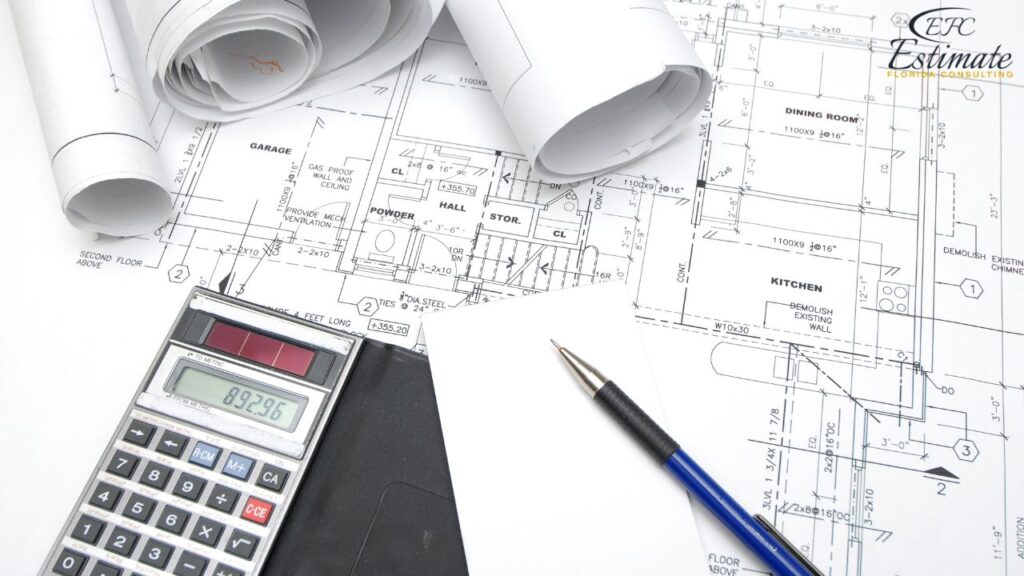
What Are Design Estimates?
Design estimates are detailed projections of the costs involved in the design phase of a project, covering everything from architectural planning and engineering to interior design and landscape architecture. These estimates are essential for determining the feasibility of a project, securing financing, and guiding decision-making throughout the design and construction process. Accurate design estimates help prevent budget overruns, ensure that all design elements are accounted for, and provide a clear roadmap for the project’s development. Estimate Florida Consulting provides estimate services that offer detailed, accurate, and tailored cost assessments to meet your specific design needs, ensuring that your project begins on a solid financial foundation.
How Much Do Design Estimates Cost?
The cost of design estimates can vary significantly depending on the complexity of the project, the scope of design services required, and the specific needs of the client. On average, design estimates can range from $5,000 to $100,000 or more, depending on factors such as the size of the project, the level of detail required, and the involvement of specialized design professionals like architects, engineers, and interior designers. Estimate Florida Consulting provides detailed cost estimates that break down every aspect of the design process, from initial consultations and concept development to detailed drawings, specifications, and material selections, ensuring you have a clear understanding of your investment.
Factors Influencing Design Estimates
The cost of design services can vary widely depending on several factors, including the scope of the project, the complexity of the design, the experience of the designer, and the materials and finishes selected. Understanding these factors will help you estimate the total cost of your design project and make informed decisions that align with your budget and design goals.
Scope of the Project: Residential, Commercial, or Landscape Design
The scope of your design project is one of the most significant factors affecting the overall cost. Different types of projects—such as residential, commercial, or landscape design—require different levels of expertise, resources, and time, each of which has its own cost range based on the complexity and scale of the project.
Type of Project | Average Cost Range (Design Fees) |
Residential Interior Design | $75 – $200 per hour, or 10% – 20% of the total project cost |
Commercial Interior Design | $100 – $300 per hour, or 15% – 25% of the total project cost |
Landscape Design | $50 – $150 per hour, or 5% – 15% of the total project cost |
Residential Interior Design:
Residential interior design involves creating functional and aesthetically pleasing spaces within homes. The cost of residential interior design services typically ranges from $75 to $200 per hour, or 10% to 20% of the total project cost. This includes services such as space planning, furniture selection, color coordination, and the design of custom elements like built-in cabinetry or lighting. For example, if you are planning a $50,000 home renovation, you might expect to pay between $5,000 and $10,000 in design fees. Residential projects can vary widely in scope, from designing a single room to renovating an entire home,
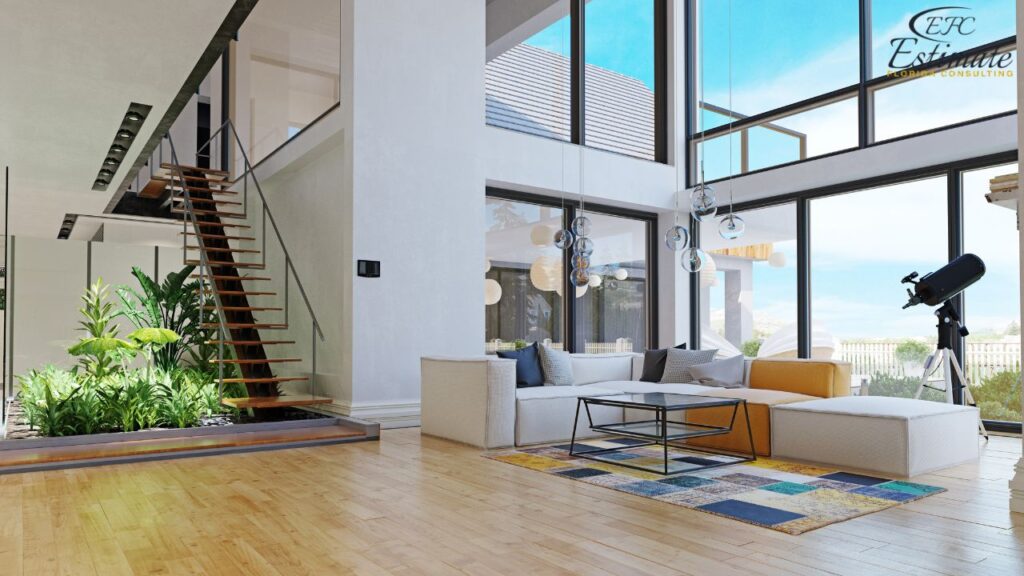
and the cost will depend on the level of detail and customization required. Designers may also charge a flat fee or a percentage of the total project cost, depending on the complexity and duration of the project.
Commercial Interior Design:
Commercial interior design focuses on creating functional, efficient, and visually appealing spaces for businesses, such as offices, retail stores, restaurants, and hotels. The cost of commercial interior design services typically ranges from $100 to $300 per hour, or 15% to 25% of the total project cost. This includes services such as space planning, furniture and fixture selection, branding and signage design, and coordination with architects and contractors. For a $200,000 commercial renovation, design fees might range from $30,000 to $50,000. Commercial projects often require a higher level of coordination and expertise due to the need to comply with building codes, accessibility requirements, and brand standards. Designers may also need to work closely with other professionals, such as architects, engineers, and contractors, to ensure that the design meets all functional and regulatory requirements.
Landscape Design:
Landscape design involves creating outdoor spaces that are functional, sustainable, and aesthetically pleasing. The cost of landscape design services typically ranges from $50 to $150 per hour, or 5% to 15% of the total project cost. This includes services such as site analysis, plant selection, hardscape design (such as patios and walkways), irrigation planning, and lighting design. For a $30,000 landscape project, design fees might range from $1,500 to $4,500. Landscape projects can vary in scale from small garden renovations to large estate designs, and the cost will depend on factors such as the size of the property, the complexity of the design, and the materials used. Designers may also charge a flat fee for the entire project or a percentage of the total cost, depending on the scope and duration of the work.
Complexity of the Design: Customization, Detailing, and Technical Requirements
The complexity of the design will also affect the cost, with more customized and detailed designs generally being more expensive. The level of customization, the amount of detailing, and any technical requirements—such as structural modifications or specialized lighting—will all contribute to the overall cost of the project.
Design Complexity | Cost Increase |
Basic Design | Standard Rate |
Moderate Customization | +15% – 25% |
High Customization or Detailing | +25% – 50% |
Technical Requirements | +20% – 40% |
Basic Design:
Basic design services involve creating functional and visually pleasing spaces without extensive customization or detailing. These projects typically involve standard layouts, off-the-shelf materials, and minimal structural changes. The cost for basic design services is generally at the standard rate, which might be $75 to $200 per hour for residential projects, or $100 to $300 per hour for commercial projects. Basic design is ideal for projects with limited budgets or for spaces that do not require extensive customization, such as rental properties or small commercial spaces. Designers may use standard materials and finishes to keep costs low, while still achieving a polished and professional look.
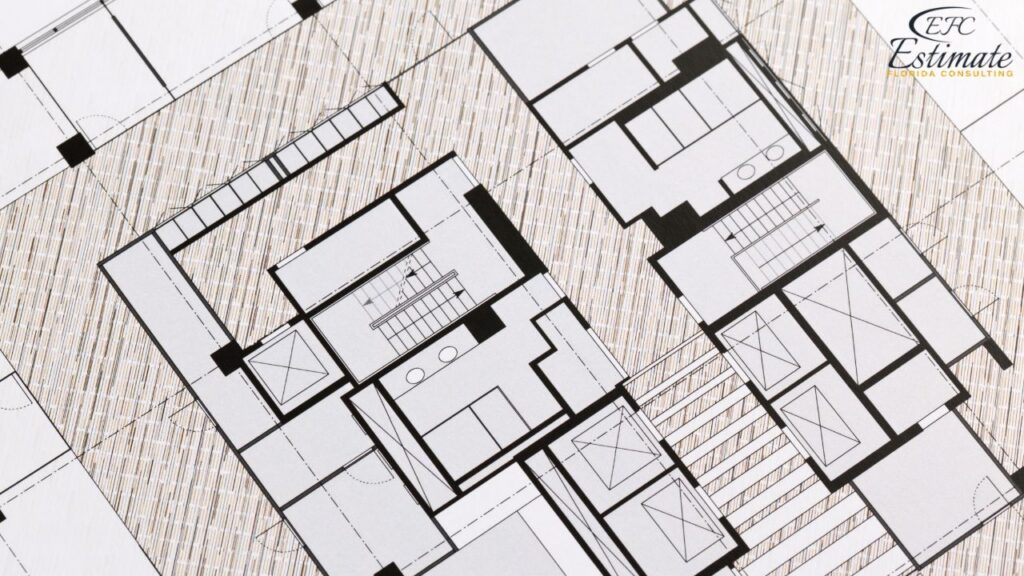
High Customization or Detailing:
High customization or detailing—such as designing entirely bespoke interiors, incorporating intricate architectural details, or using rare and expensive materials—will significantly increase the cost of design services. Projects of this nature can cost an additional 25% to 50% over the standard rate. For a project with a standard design fee of $20,000, high customization could bring the total cost to $25,000 to $30,000. High customization is often required in luxury residential projects, boutique hotels, or high-end retail spaces where the design must reflect a specific brand identity or create a unique and memorable experience for users. These projects may involve extensive collaboration with artisans, custom manufacturers, and other specialists to achieve the desired level of detail and quality.
Technical Requirements:
Projects that involve significant technical requirements—such as structural modifications, specialized lighting or HVAC systems, or advanced technology integration—will also increase the cost of design services. Expect to pay an additional 20% to 40% for projects with these requirements. For example, if the standard design fee is $15,000, technical requirements could increase the total cost to $18,000 to $21,000. Technical requirements are common in commercial projects, such as offices or restaurants, where the design must meet specific functional needs, comply with building codes, or integrate advanced technology systems. Designers may need to collaborate with architects, engineers, and other specialists to ensure that the design meets all technical and regulatory requirements, which adds to the overall complexity and cost of the project.
Experience and Reputation of the Designer: Choosing the Right Professional
The experience and reputation of the designer will also influence the cost, with more experienced or highly regarded designers typically charging higher fees. When selecting a designer, consider their portfolio, client reviews, and industry reputation to ensure that they are a good fit for your project.
Experience Level | Average Cost Range (Design Fees) |
Emerging Designer | $50 – $100 per hour |
Mid-Level Designer | $100 – $200 per hour |
High-End or Celebrity Designer | $200 – $500 per hour or more |
Emerging Designer:
Emerging designers are typically newer to the industry and may offer more competitive rates to build their portfolio. The cost for an emerging designer ranges from $50 to $100 per hour. While they may have less experience, emerging designers can bring fresh ideas and a high level of enthusiasm to a project. They are often a good choice for clients with smaller budgets or for projects that are less complex in scope. Working with an emerging designer can also provide a more collaborative experience, as they are likely to be highly engaged and eager to prove their skills.
Mid-Level Designer:
Mid-level designers have several years of experience and a solid portfolio of completed projects. Their rates typically range from $100 to $200 per hour. These designers have a proven track record of delivering successful projects and can offer a good balance of creativity, technical expertise, and project management skills. Mid-level designers are often the best choice for clients who want a reliable and experienced professional to guide their project from concept to completion. They can handle a wide range of design challenges, from residential renovations to commercial build-outs, and are skilled at balancing creativity with practicality to achieve the desired results.
High-End or Celebrity Designer:
High-end or celebrity designers are at the top of their field, with extensive experience, a strong industry reputation, and a portfolio of high-profile projects. Their rates typically start at $200 per hour and can go up to $500 per hour or more. These designers are sought after for their unique vision, attention to detail, and ability to create iconic spaces. Working with a high-end designer can provide access to exclusive materials, top-tier contractors, and a network of industry professionals, but it also comes with a higher price tag. High-end designers are often chosen for luxury residential projects, flagship retail spaces, or prestigious commercial developments where the design must make a significant impact and reflect a high level of quality and sophistication.
Materials and Finishes: Selection and Quality
The selection and quality of materials and finishes will also impact the overall cost of your design project. High-end or custom materials, luxury finishes, and bespoke elements will generally be more expensive than standard or off-the-shelf options. The choice of materials should align with both your design vision and your budget to achieve the desired aesthetic and functionality.
Material and Finish Quality | Cost Increase |
Standard Materials and Finishes | Standard Rate |
Mid-Range Materials and Finishes | +10% – 20% |
High-End Materials and Finishes | +20% – 50% |
Standard Materials and Finishes:
Standard materials and finishes are typically off-the-shelf products that offer a good balance of quality and affordability. The cost for these materials is generally at the standard rate, which might be included in the base design estimate. Standard materials are often used in projects with limited budgets or where durability and functionality are prioritized over luxury or exclusivity. Examples of standard materials include laminate countertops, vinyl flooring, and basic cabinetry. While these materials may not have the same level of prestige as higher-end options, they can still achieve a polished and professional look when used creatively and thoughtfully in the design.
Mid-Range Materials and Finishes:
Mid-range materials and finishes offer a step up in quality, durability, and aesthetic appeal compared to standard options. Expect to pay an additional 10% to 20% for these materials. Mid-range materials might include solid surface countertops, hardwood flooring, or custom cabinetry with high-quality hardware. These materials are often chosen for their balance of cost and quality, providing a more refined look without the high price tag of luxury finishes. Mid-range materials are ideal for clients who want to invest in durable and attractive elements that will stand the test of time without exceeding their budget. Designers may also recommend mid-range materials as a way to achieve a high-end look at a more accessible price point, offering a blend of style and practicality.
High-End Materials and Finishes:
High-end materials and finishes are premium products that offer superior quality, craftsmanship, and exclusivity. Projects using high-end materials can cost an additional 20% to 50% over the standard rate. High-end materials might include natural stone countertops, custom-milled hardwood flooring, or bespoke cabinetry with hand-finished details. These materials are often used in luxury residential projects, boutique hotels, or high-end commercial spaces where the design must reflect a high level of sophistication and exclusivity. While high-end materials come with a higher cost, they also offer unique aesthetic and functional benefits that can elevate the overall design. For example, custom stonework or artisanal tiles can create a focal point in a room, adding value and character to the space. Investing in high-end materials can also enhance the long-term value of the property, making it a worthwhile consideration for clients who prioritize quality and luxury.
Design Cost by Project Type
The overall cost of a design project can vary widely depending on the specific type of design work involved. Below is a detailed breakdown of common design project types and their associated costs.
Design Project Type | Estimated Cost Range |
Logo Design | $500 – $5,000 |
Brand Identity Design | $2,000 – $20,000 |
Interior Design (Residential) | $5,000 – $50,000 |
Interior Design (Commercial) | $10,000 – $100,000 |
Architectural Design (Residential) | $10,000 – $100,000 |
Architectural Design (Commercial) | $20,000 – $500,000 |
Website Design | $2,500 – $50,000 |
Product Design | $10,000 – $200,000 |
Packaging Design | $1,000 – $10,000 |
Graphic Design (Print Materials) | $500 – $10,000 |
Logo Design:
Logo design is a critical element of brand identity, serving as the visual representation of a company or product. The cost of logo design typically ranges from $500 to $5,000, depending on the complexity of the design, the experience of the designer, and the number of concepts and revisions included in the project. A simple logo with minimal detailing may fall on the lower end of the cost spectrum, while a complex, custom-designed logo with extensive research and multiple iterations may be more expensive. The designer’s experience and reputation can also impact the cost, with top-tier designers charging premium rates for their expertise. A well-designed logo is a long-term investment in a brand’s identity, so it’s important to allocate an appropriate budget for this essential element of branding.
Brand Identity Design:
Brand identity design encompasses a broader range of elements, including logos, color schemes, typography, business cards, letterheads, and other visual assets that represent a brand. The cost of brand identity design typically ranges from $2,000 to $20,000 or more, depending on the scope of the project and the level of detail required. A comprehensive brand identity package may include guidelines for consistent use across various platforms, ensuring a cohesive and professional brand image. The cost can vary based on the designer’s experience, the complexity of the brand’s needs, and the number of deliverables required. Investing in a strong brand identity is crucial for businesses looking to establish a memorable and impactful presence in their market, making it a worthwhile expenditure for long-term brand recognition and success.
Interior Design (Residential):
Residential interior design involves creating functional and aesthetically pleasing living spaces that reflect the homeowner’s personality and lifestyle. The cost of residential interior design typically ranges from $5,000 to $50,000, depending on the size of the home, the complexity of the design, the materials used, and the designer’s experience. For smaller projects, such as designing a single room, costs may be on the lower end of the spectrum. Larger projects, such as designing an entire home or a luxury property, may involve higher costs due to the need for custom furnishings, premium materials, and detailed planning.
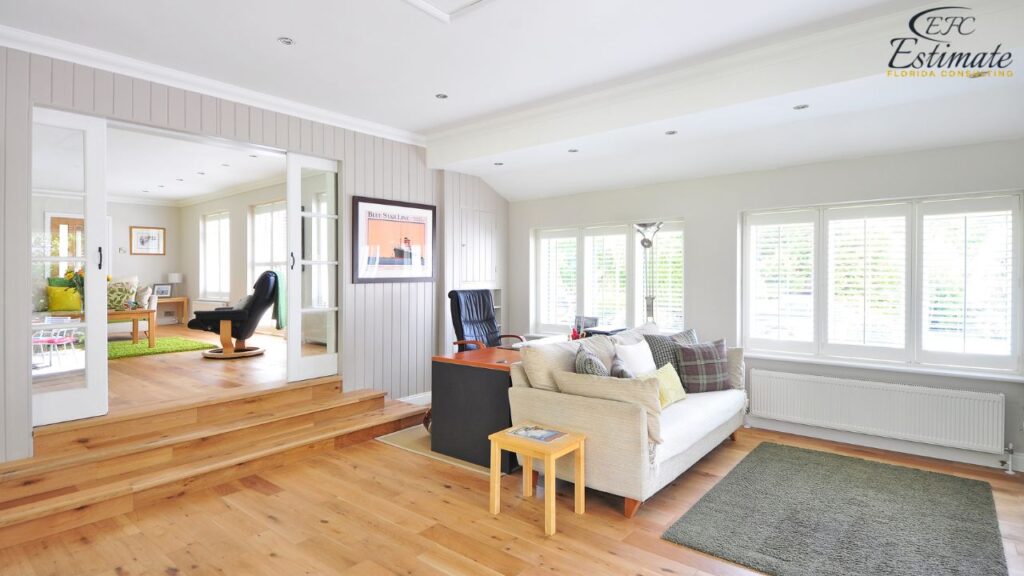
Interior designers often charge a flat fee, hourly rate, or a percentage of the project’s total cost, and the choice of payment structure can influence the overall budget. Investing in professional interior design can enhance the functionality, comfort, and value of a home, making it a valuable investment for homeowners.
Interior Design (Commercial):
Commercial interior design focuses on creating functional and appealing spaces for businesses, such as offices, retail stores, restaurants, and hotels. The cost of commercial interior design typically ranges from $10,000 to $100,000 or more, depending on the size of the space, the complexity of the design, and the specific requirements of the business. Commercial projects often involve additional considerations, such as compliance with building codes, accessibility standards, and the need for durable materials that can withstand heavy use. The design process may also include space planning, lighting design, furniture selection, and branding elements that align with the company’s identity. Given the impact that a well-designed commercial space can have on customer experience and employee productivity, businesses should allocate a sufficient budget to ensure a high-quality outcome that supports their operational goals.
Architectural Design (Residential):
Residential architectural design involves planning and designing the structure, layout, and appearance of homes, ranging from single-family houses to multi-unit developments. The cost of residential architectural design typically ranges from $10,000 to $100,000, depending on the size and complexity of the project, the level of customization, and the architect’s experience. Custom-designed homes with unique features, advanced technologies, or complex site conditions may fall on the higher end of the cost spectrum. Architectural services often include site analysis, concept development, schematic design, construction drawings, and project management. The cost may also vary based on whether the architect is providing full-service design and oversight or more limited consulting services. Investing in high-quality architectural design can enhance the livability, sustainability, and value of a home, making it a critical component of any residential construction project.
Architectural Design (Commercial):
Commercial architectural design encompasses the planning and design of buildings intended for business use, such as offices, retail centers, warehouses, and industrial facilities. The cost of commercial architectural design typically ranges from $20,000 to $500,000 or more, depending on the size and complexity of the project, the specific requirements of the business, and the architect’s experience. Large-scale commercial projects may involve extensive site planning, coordination with engineers and contractors, and compliance with zoning regulations and building codes. The design process may also include sustainability considerations, such as energy efficiency, environmental impact, and LEED certification. Given the significant investment involved in commercial construction, businesses should allocate a substantial budget for architectural design to ensure that the building meets their operational needs and supports long-term growth and profitability.
Website Design:
Website design involves creating the visual layout, user interface, and overall aesthetic of a website, ensuring that it is both functional and visually appealing. The cost of website design typically ranges from $2,500 to $50,000, depending on the complexity of the site, the number of pages, the integration of custom features, and the designer’s expertise. A simple informational website with a few pages may be on the lower end of the cost spectrum, while a complex e-commerce site with custom functionality, responsive design, and advanced SEO features may be more expensive. Website design costs may also include additional services such as content creation, search engine optimization (SEO), and ongoing maintenance. A well-designed website is crucial for establishing an online presence, attracting visitors, and converting them into customers, making it a critical investment for businesses in the digital age.
Product Design:
Product design involves creating the concept, design, and engineering of physical products, from consumer electronics to household goods. The cost of product design typically ranges from $10,000 to $200,000 or more, depending on the complexity of the product, the materials used, and the designer’s experience. The product design process often includes concept development, prototyping, testing, and refinement, with each stage contributing to the overall cost. Complex products that require extensive research, multiple prototypes, and advanced manufacturing techniques may fall on the higher end of the cost spectrum.
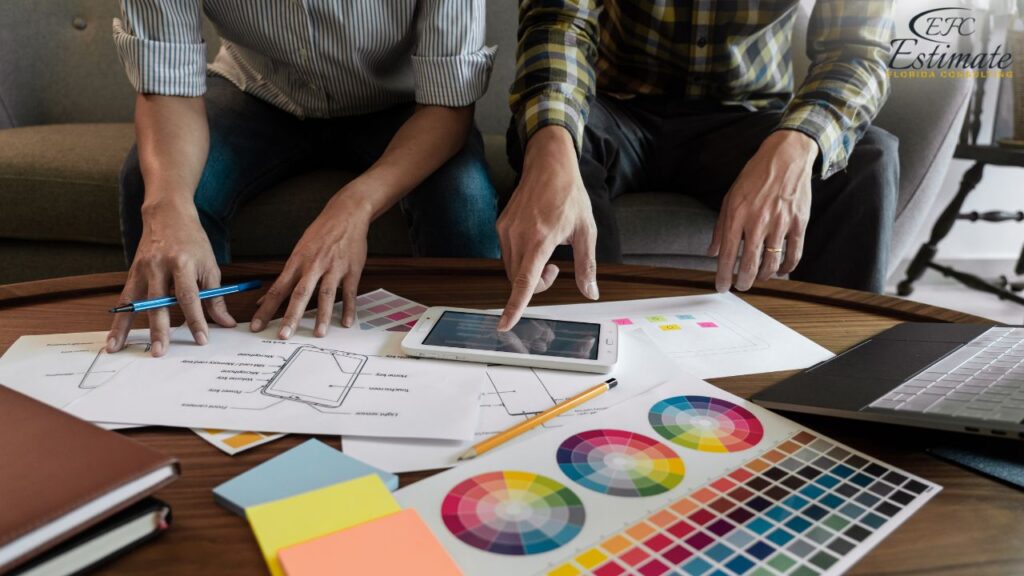
Investing in professional product design is essential for bringing innovative and functional products to market, ensuring that they meet consumer needs and stand out in a competitive marketplace.
Packaging Design:
Packaging design involves creating the visual and structural design of product packaging, ensuring that it is both functional and appealing to consumers. The cost of packaging design typically ranges from $1,000 to $10,000, depending on the complexity of the design, the materials used, and the designer’s experience. Packaging design includes elements such as graphic design, typography, color schemes, and the physical structure of the packaging, all of which contribute to the overall cost. High-end packaging for luxury products may involve premium materials, custom shapes, and intricate details, leading to higher costs. Packaging design is a critical component of product marketing, as it plays a key role in attracting consumers, conveying brand values, and protecting the product during transportation and storage.
Graphic Design (Print Materials):
Graphic design for print materials includes the creation of brochures, flyers, posters, business cards, and other printed marketing materials. The cost of graphic design for print materials typically ranges from $500 to $10,000, depending on the complexity of the design, the number of pieces, and the designer’s experience. Simple projects, such as designing a single flyer or business card, may be on the lower end of the cost spectrum, while more complex projects, such as creating a full suite of marketing materials, may be more expensive. Graphic design costs may also include the preparation of files for printing, coordination with printers, and revisions to ensure that the final product meets the client’s expectations. High-quality print materials are essential for effective marketing and brand communication, making professional graphic design a valuable investment for businesses of all sizes.
Estimating the Total Cost: A Detailed Example for a Residential Renovation Project
To provide a clearer understanding of what to expect, here’s an example of estimating the total cost of a residential renovation project, including design fees, materials, and labor.
- Design Fees (Mid-Level Designer, 15% of Project Cost): $15,000
- Materials (Mid-Range): $40,000
- Labor (Contractors, Skilled Trades): $30,000
Cost Component | Low Estimate | High Estimate |
Design Fees | $15,000 | $20,000 |
Materials (Mid-Range) | $40,000 | $48,000 |
Labor | $30,000 | $36,000 |
Total Estimated Cost | $85,000 | $104,000 |
This example demonstrates how various components contribute to the overall cost of your design project. By understanding these costs, you can better plan your budget and ensure that all aspects of the project are covered, leading to a successful and satisfying outcome. Proper planning also helps you avoid unexpected expenses, ensuring that your project stays within budget and is completed on time. Additionally, considering the long-term benefits of investing in quality materials and experienced professionals can provide significant value and enhance the overall success of the project.
Additional Costs and Considerations
When budgeting for design projects, there are several additional costs and considerations that can impact the total investment required. These factors should be taken into account to ensure a comprehensive budget.
Additional Cost | Estimated Cost |
Consultation and Research | $500 – $5,000 |
Prototyping and Testing | $1,000 – $20,000 |
Revisions and Iterations | 10% – 20% of the project cost |
Project Management | $1,000 – $10,000 |
Licensing and Legal Fees | $500 – $5,000 |
Marketing and Launch Materials | $1,000 – $10,000 |
Consultation and Research:
Before beginning a design project, consultation and research are often necessary to understand the client’s needs, market trends, and the competitive landscape. The cost for consultation and research typically ranges from $500 to $5,000, depending on the complexity of the project and the depth of research required. This phase may include meetings with the client, market analysis, and the development of a design brief that outlines the project’s goals and requirements. Proper consultation and research are essential for ensuring that the design project is aligned with the client’s objectives and the target audience, reducing the likelihood of costly revisions later in the process.
Prototyping and Testing:
For product design and other projects that involve physical items, prototyping and testing are critical steps in the design process. The cost for prototyping and testing typically ranges from $1,000 to $20,000 or more, depending on the complexity of the product and the materials used. Prototyping involves creating a physical or digital model of the design, which is then tested for functionality, durability, and usability. Multiple prototypes may be created and refined before the final design is approved, contributing to the overall cost. Investing in prototyping and testing helps identify potential issues early in the design process, reducing the risk of costly mistakes during production.
Revisions and Iterations:
Revisions and iterations are a normal part of the design process, allowing for adjustments and refinements based on client feedback. The cost for revisions and iterations typically ranges from 10% to 20% of the project cost, depending on the number of revisions required and the complexity of the changes. Clear communication and a well-defined project brief can help minimize the need for extensive revisions, keeping costs under control. However, it’s important to budget for potential revisions to ensure that the final design meets the client’s expectations and achieves the desired outcome.
Project Management:
Managing a design project, especially large or complex ones, requires effective coordination between designers, clients, and other stakeholders. The cost for project management typically ranges from $1,000 to $10,000, depending on the size and complexity of the project. Project management involves tasks such as scheduling, budgeting, communication, and quality control, ensuring that the project stays on track and within budget. Hiring a dedicated project manager can help streamline the design process, reduce the risk of delays, and ensure that all aspects of the project are properly coordinated.
Licensing and Legal Fees:
Depending on the nature of the design project, there may be licensing and legal fees associated with protecting intellectual property, obtaining permits, or ensuring compliance with industry regulations. The cost for licensing and legal fees typically ranges from $500 to $5,000, depending on the specific requirements of the project. These fees may include trademark registration for logos, patents for product designs, or contracts for design services. It’s important to factor these costs into the overall budget to protect the client’s interests and ensure that the project is legally compliant.
Marketing and Launch Materials:
For design projects that involve product launches or brand rollouts, marketing and launch materials are essential for promoting the final design to the target audience. The cost for marketing and launch materials typically ranges from $1,000 to $10,000, depending on the scope of the campaign and the types of materials required. This may include creating promotional graphics, packaging, websites, social media content, and other collateral to support the launch. Investing in high-quality marketing materials can significantly enhance the impact of the design project, helping to generate interest, attract customers, and drive sales.
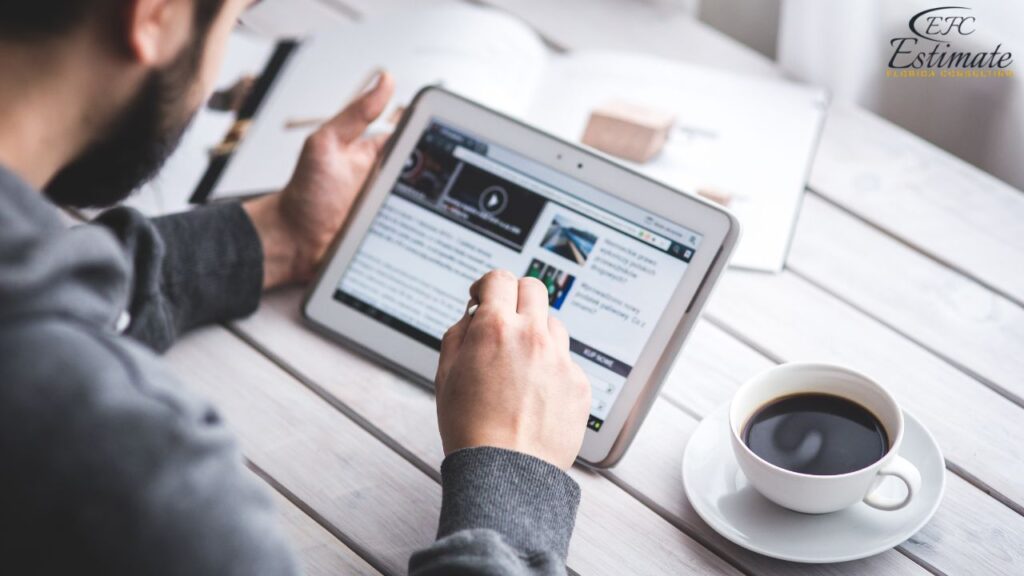
Design Estimates Costs by Project Type
Here’s a breakdown of estimated design costs by project type, providing you with a clear understanding of how different types of projects impact overall design costs:
Project Type | Estimated Design Cost Range | Total Cost Range |
Residential Design Project | $5,000 – $50,000 | $5,000 – $100,000+ (depending on size and complexity) |
Commercial Design Project | $10,000 – $75,000 | $10,000 – $200,000+ (depending on size and complexity) |
Industrial Design Project | $15,000 – $100,000 | $15,000 – $300,000+ (depending on size and complexity) |
Mixed-Use Design Project | $20,000 – $100,000 | $20,000 – $500,000+ (depending on size and complexity) |
Why Are Floor Drains Important?
Floor drains play a crucial role in maintaining the safety, cleanliness, and functionality of various spaces, from residential basements to commercial kitchens and industrial facilities. Investing in high-quality floor drains ensures efficient water management, protects your property from water damage, and maintains a safe environment for occupants. These drains are often the unsung heroes in a building’s infrastructure, working behind the scenes to manage water flow and prevent potential disasters.
Protection:
Depending on the nature of the design project, there may be licensing and legal fees associated with protecting intellectual property, obtaining permits, or ensuring compliance with industry regulations. The cost for licensing and legal fees typically ranges from $500 to $5,000, depending on the specific requirements of the project. These fees may include trademark registration for logos, patents for product designs, or contracts for design services. It’s important to factor these costs into the overall budget to protect the client’s interests and ensure that the project is legally compliant.
Efficiency:
Floor drains provide an efficient way to manage water in environments where water flow is constant or where spills are likely. In commercial kitchens, for example, floor drains help maintain cleanliness and prevent accidents by quickly removing water, grease, and other liquids from the floor. In industrial settings, floor drains play a vital role in managing wastewater, ensuring that it is safely channeled away from work areas. By investing in the right floor drains for your space, you can enhance overall water management efficiency and reduce the risk of operational disruptions. For instance, in a large industrial facility, a network of strategically placed floor drains can handle the runoff from cleaning processes, ensuring that the work environment remains safe and compliant with regulations. Efficient drainage systems also contribute to lower maintenance costs by reducing the frequency and severity of water-related issues.
Get 5 New Leads Next 7 Days With Our System
- Multi-Family House
- Single-Faimly House
- Modern House
- Duplex
- Ranch House
- Bungalow
Safety:
Floor drains contribute to maintaining a safe environment by preventing water accumulation, which can lead to slippery surfaces and accidents. In public spaces, commercial facilities, and industrial settings, floor drains are essential for meeting safety regulations and ensuring that floors remain dry and safe for employees, customers, and visitors. Properly functioning floor drains reduce the risk of slips, trips, and falls, contributing to a safer and more compliant environment. In environments like hospitals or commercial kitchens, where safety and hygiene are paramount, a well-maintained floor drain system can prevent accidents that might otherwise result in injury, legal liability, or even operational shutdowns. Moreover, in public facilities such as sports centers or schools, ensuring that floor drains are in optimal condition can prevent accidents and injuries, fostering a safer environment for all users.
Long-Term Benefits of Investing in Quality Design Services
Investing in high-quality design services offers numerous long-term benefits that can significantly impact the value, functionality, and enjoyment of your space. By choosing experienced designers, durable materials, and thoughtful planning, you can create a space that meets your needs and enhances your quality of life for years to come.
Enhanced Functionality:
A well-designed space is not only beautiful but also highly functional. Quality design services ensure that your space is optimized for its intended use, whether it’s a kitchen that meets your cooking needs, a living room that accommodates your family, or an office that promotes productivity. By considering factors such as layout, flow, and ergonomics, designers can create spaces that are both practical and enjoyable to use. For example, a well-designed kitchen might include efficient storage solutions, intuitive work zones, and durable surfaces that withstand daily use. By investing in a thoughtful design, you can create a space that enhances your lifestyle and meets your unique needs.
Increased Property Value:
High-quality design can significantly increase the value of your property, making it a worthwhile investment if you plan to sell in the future. Thoughtful design choices, such as using durable materials, creating a cohesive aesthetic, and incorporating desirable features, can make your property more attractive to potential buyers. For example, a well-designed bathroom renovation with high-end finishes and smart storage solutions can add significant value to your home and appeal to buyers looking for a move-in-ready property. By investing in quality design services, you can enhance the resale potential of your property and achieve a higher return on investment.
Personal Satisfaction:
Ultimately, the most important benefit of quality design services is the personal satisfaction that comes from living or working in a space that reflects your style, meets your needs, and enhances your daily life. A well-designed space can improve your mood, increase your comfort, and create a sense of pride and enjoyment. Whether you’re creating your dream home, designing a welcoming office, or transforming an outdoor space, investing in quality design services ensures that the final result is a space you love and enjoy for years to come. The joy of living in a space that feels uniquely yours, with every detail carefully considered, is a reward that goes beyond the financial investment.
How to Ensure Accurate Design Estimates
Detailed Planning:
The more detailed your plans and specifications are, the more accurate your estimate will be. Include precise measurements, material specifications, and labor requirements to ensure that all aspects of the project are accounted for. Detailed planning allows you to identify potential cost drivers early in the process, providing opportunities to make adjustments before construction begins. Additionally, a well-documented plan serves as a reference point throughout the project, helping to keep all stakeholders aligned and reducing the risk of misunderstandings or errors. Engaging with all relevant professionals during the planning stage ensures that the estimate is comprehensive and reflects the true scope of the work.
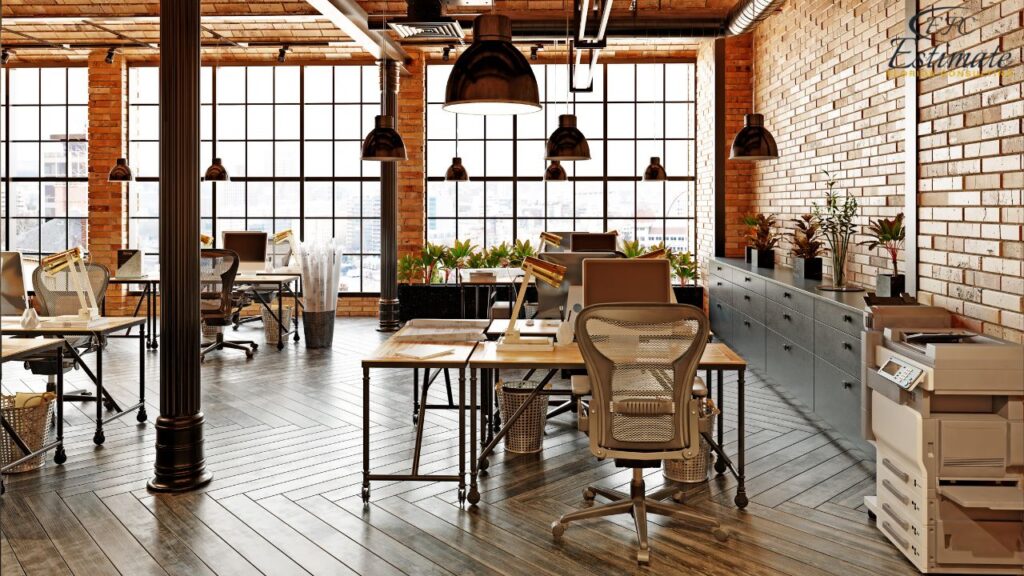
Professional Input:
Engaging professionals like architects, engineers, and quantity surveyors can provide valuable insights into the costs associated with your project. Their expertise can help identify potential cost-saving measures and ensure that the estimate is realistic. These professionals can also assist in evaluating design options, selecting materials, and optimizing construction methods to achieve the best balance between cost, quality, and functionality. Collaborating with experienced professionals from the outset can help avoid costly mistakes and ensure that the project is designed and estimated to meet both your budget and performance goals. Their involvement can also provide additional credibility to the estimate, which can be beneficial when securing financing or obtaining approvals.
Use of Estimating Software:
Engaging professionals like architects, engineers, and quantity surveyors can provide valuable insights into the costs associated with your project. Their expertise can help identify potential cost-saving measures and ensure that the estimate is realistic. These professionals can also assist in evaluating design options, selecting materials, and optimizing construction methods to achieve the best balance between cost, quality, and functionality. Collaborating with experienced professionals from the outset can help avoid costly mistakes and ensure that the project is designed and estimated to meet both your budget and performance goals. Their involvement can also provide additional credibility to the estimate, which can be beneficial when securing financing or obtaining approvals.
Regular Updates:
As the project progresses, it’s important to regularly update your estimate to reflect any changes in design, material costs, or labor availability. Keeping your estimate current will help you stay on budget and avoid surprises. Regular updates also allow you to monitor the project’s financial health in real-time, providing an early warning system for potential cost overruns. By comparing actual costs to the estimate at regular intervals, you can make informed decisions about where to adjust spending or allocate additional resources. Staying proactive in updating the estimate ensures that you remain in control of the budget and can address any issues before they escalate.
Comparative Analysis:
Compare your estimate with similar projects to ensure that your costs are in line with industry standards. This can help identify any discrepancies or areas where costs may have been underestimated. Benchmarking against other projects of similar scope and complexity provides valuable context for your estimate, helping to validate your assumptions and pricing. It also enables you to learn from the experiences of others, potentially uncovering cost-saving strategies or best practices that can be applied to your project. Incorporating comparative analysis into your estimation process enhances accuracy and confidence in your budget projections, ensuring that your project is financially viable from the outset.
Download Template For Design Project Breakdown
- Materials list updated to the zip code
- Fast delivery
- Data base of general contractors and sub-contractors
- Local estimators
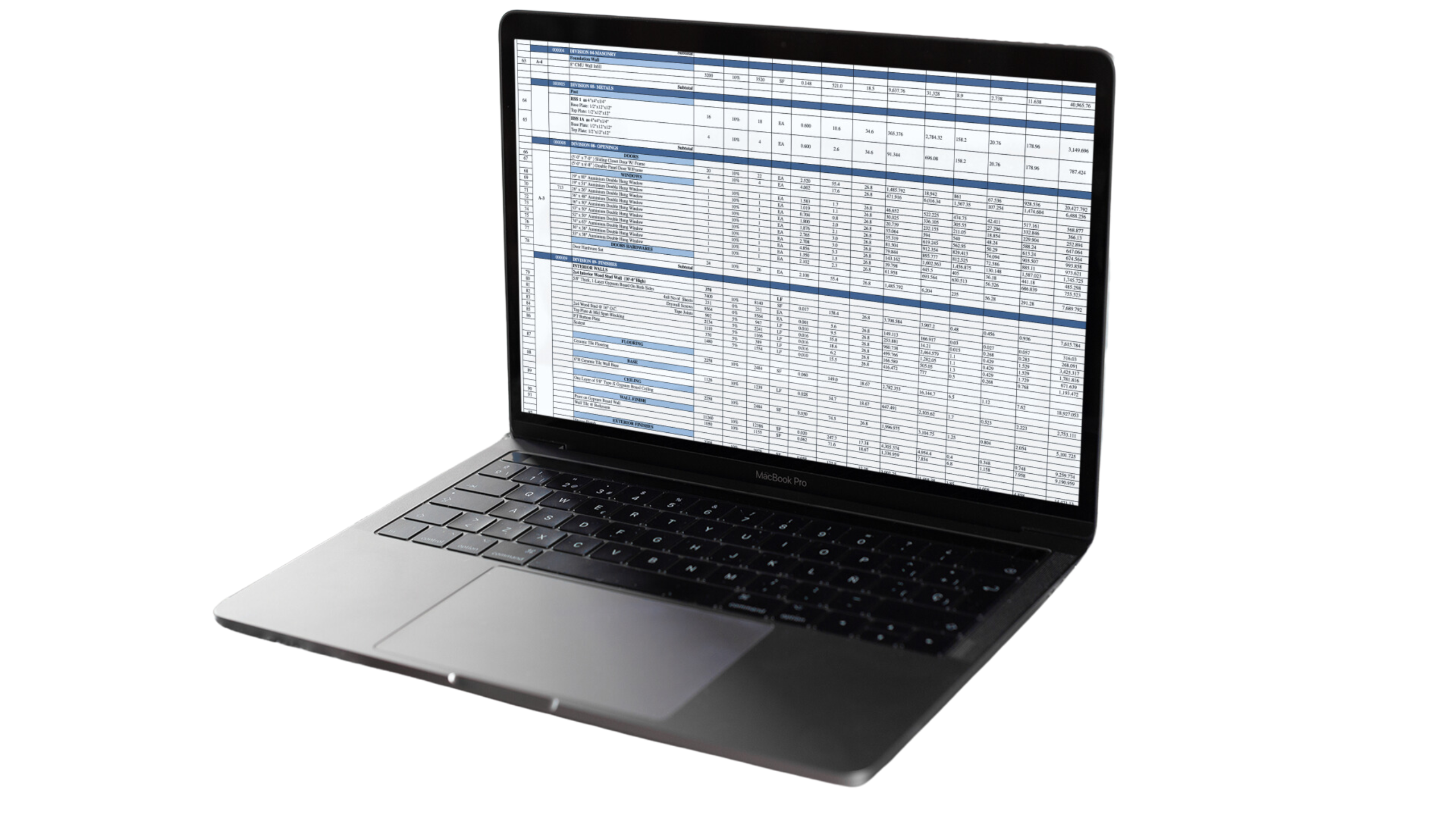
How Estimate Florida Consulting Can Help?
Navigating the complexities of estimating costs for floor drain projects can be challenging, but that’s where Estimate Florida Consulting comes in. Our team of experts provides accurate and detailed estimate services tailored to your specific needs, ensuring that you have a clear understanding of all the costs involved before you begin your project. Whether you’re a contractor or a property owner, we offer comprehensive cost breakdowns that consider every aspect of the project, from materials to labor and additional features. In addition to providing precise estimates, we can also connect you with trusted professionals who can carry out the work efficiently and to the highest standard. With our assistance, you can ensure that your project stays on track, within budget, and free from unexpected costs.
Conclusion
Design estimates are a critical component of any successful architectural, interior, or landscape design project. By understanding the various costs involved, including design fees, materials, labor, and additional expenses, you can plan your project effectively and ensure that all aspects are covered. The investment in quality design services, experienced professionals, and durable materials not only enhances the functionality and aesthetic appeal of your space but also contributes to its long-term value and your personal satisfaction. Whether you are embarking on a home renovation, commercial build-out, or landscape transformation, this comprehensive guide will help you make informed decisions that align with your budget and design goals. Proper planning, attention to detail, and the use of quality resources will ensure that your design project is a success, providing you with a beautiful and functional space that meets your needs and exceeds your expectations.
FAQs
Design estimates are comprehensive cost projections for the design phase of a construction, renovation, or development project. They cover all aspects of design, including architectural planning, engineering, interior design, and landscape architecture. These estimates help determine the project’s feasibility, secure financing, and guide decision-making throughout the design and construction process. By providing a clear roadmap and preventing budget overruns, design estimates are crucial for ensuring a project’s success.
The cost of design estimates varies widely depending on the project’s complexity, scope, and specific requirements. On average, design estimates can range from $5,000 to $100,000 or more. Factors influencing the cost include the size of the project, the level of detail required, and the involvement of specialized design professionals such as architects, engineers, and interior designers. Estimate Florida Consulting offers tailored cost assessments that provide a detailed breakdown of every aspect of the design process.
Several factors influence the cost of design estimates:
- Scope of the Project: The type of project—residential, commercial, or landscape design—affects the cost due to the varying levels of expertise, resources, and time required.
- Complexity of the Design: More customized and detailed designs generally incur higher costs. The level of customization, detailing, and technical requirements all contribute to the overall cost.
- Experience of the Designer: Designers with more experience or a stronger reputation typically charge higher fees. Choosing the right professional can significantly impact both the cost and quality of the design.
- Materials and Finishes: The selection of materials and finishes also plays a significant role in determining costs. Higher-end or custom materials and luxury finishes are generally more expensive than standard options.
The scope of the project significantly impacts design estimate costs. For example:
- Residential Interior Design typically costs $75 – $200 per hour, or 10% – 20% of the total project cost.
- Commercial Interior Design usually ranges from $100 – $300 per hour, or 15% – 25% of the total project cost.
- Landscape Design is generally $50 – $150 per hour, or 5% – 15% of the total project cost. Each project type has its own unique requirements, and the cost will vary based on the complexity and scale of the work involved.
Design complexity can increase the cost of a project significantly:
- Basic Design: Typically charged at a standard rate.
- Moderate Customization: Can add 15% – 25% to the cost.
- High Customization or Detailing: May increase the cost by 25% – 50%.
- Technical Requirements: Structural modifications or specialized systems can add an additional 20% – 40% to the design cost.
The designer’s experience level has a direct impact on costs:
- Emerging Designers charge between $50 – $100 per hour.
- Mid-Level Designers typically cost $100 – $200 per hour.
- High-End or Celebrity Designers may charge $200 – $500 per hour or more. Choosing a designer with the appropriate experience level for your project can ensure that you receive the quality and expertise needed while staying within your budget.
The choice of materials and finishes can significantly impact design costs:
- Standard Materials and Finishes: Typically included in the standard rate.
- Mid-Range Materials and Finishes: Can increase costs by 10% – 20%.
- High-End Materials and Finishes: May add 20% – 50% to the overall cost. Selecting materials that align with your design vision and budget is essential for achieving the desired aesthetic and functionality.
Design costs vary depending on the project type:
- Logo Design: $500 – $5,000
- Brand Identity Design: $2,000 – $20,000
- Residential Interior Design: $5,000 – $50,000
- Commercial Interior Design: $10,000 – $100,000
- Architectural Design (Residential): $10,000 – $100,000
- Architectural Design (Commercial): $20,000 – $500,000 These costs provide a general overview, but actual costs can vary based on specific project requirements and designer experience.
To ensure accurate design estimates, consider the following:
- Detailed Planning: Include precise measurements, material specifications, and labor requirements in your plans.
- Professional Input: Engage architects, engineers, and quantity surveyors for valuable insights and realistic cost assessments.
- Use of Estimating Software: Modern tools can streamline the process and increase accuracy by providing detailed cost breakdowns.
- Regular Updates: Continuously update your estimate to reflect changes in design, material costs, or labor availability.
- Comparative Analysis: Compare your estimate with similar projects to ensure costs are in line with industry standards.
Estimate Florida Consulting offers expert design estimate services that help you plan, budget, and execute your project with precision. Our services include detailed cost breakdowns, professional insights, and connections with trusted contractors. We ensure that your project stays on track, within budget, and meets all design, functionality, and aesthetic goals. Our comprehensive estimates provide a solid foundation for your project, helping you avoid unexpected costs and ensuring a successful outcome.
Google Reviews

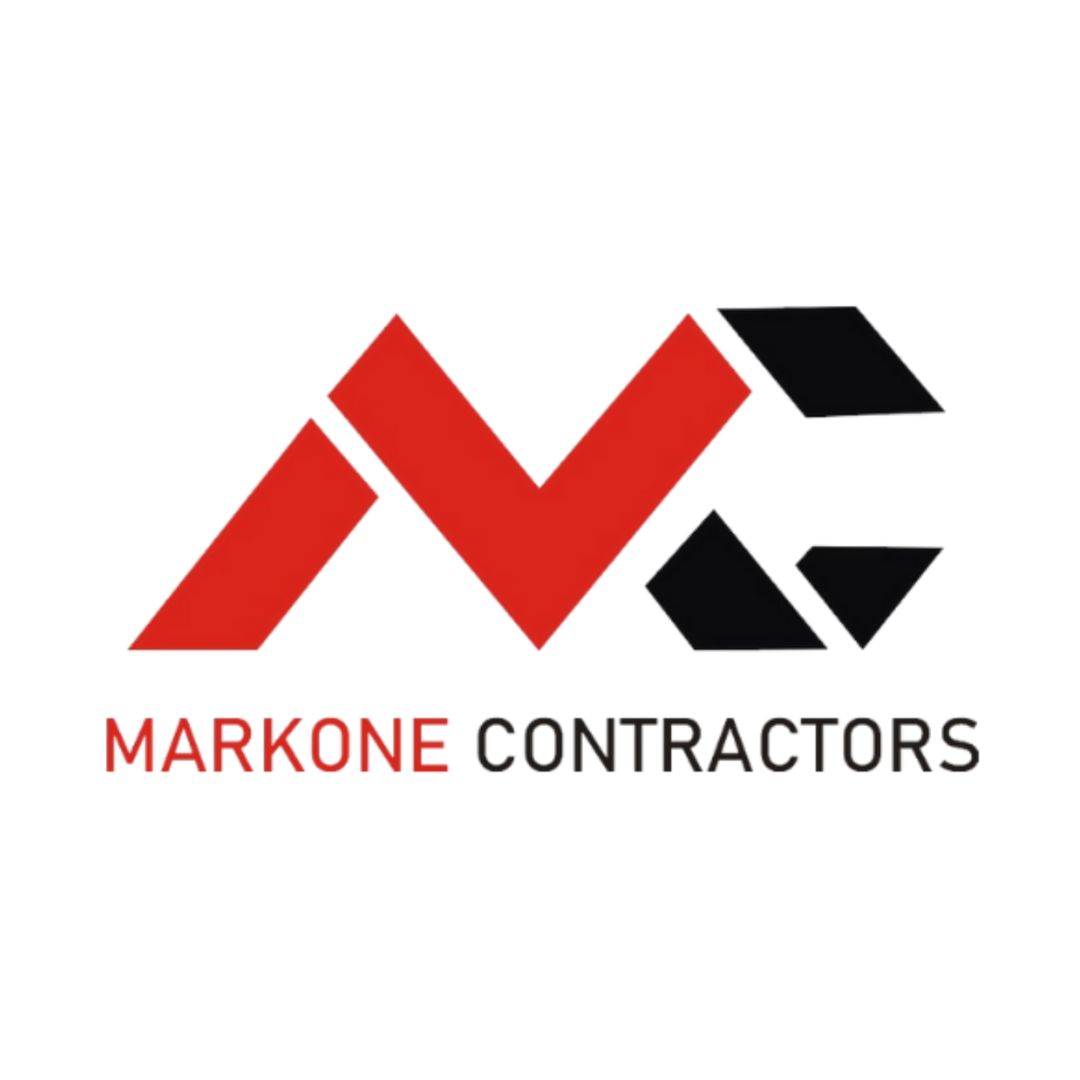
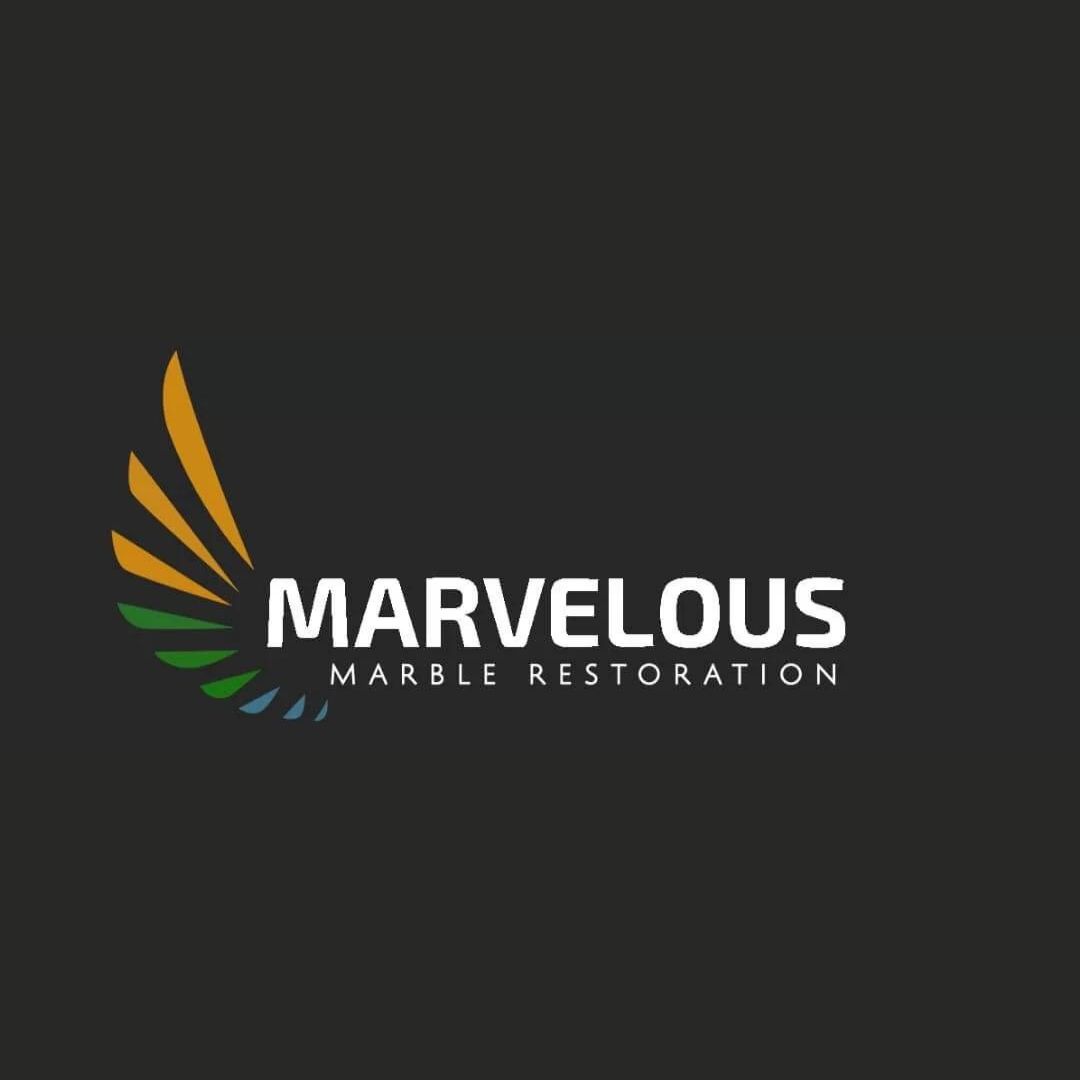
Process To Get Design Cost Estimate Report
Here I am going to share some steps to get design cost estimate report.
-
You need to send your plan to us.
You can send us your plan on info@estimatorflorida.com
-
You receive a quote for your project.
Before starting your project, we send you a quote for your service. That quote will have detailed information about your project. Here you will get information about the size, difficulty, complexity and bid date when determining pricing.
-
Get Estimate Report
Our team will takeoff and estimate your project. When we deliver you’ll receive a PDF and an Excel file of your estimate. We can also offer construction lead generation services for the jobs you’d like to pursue further.

